Carnations In Containers – Learn About Potted Carnation Plants
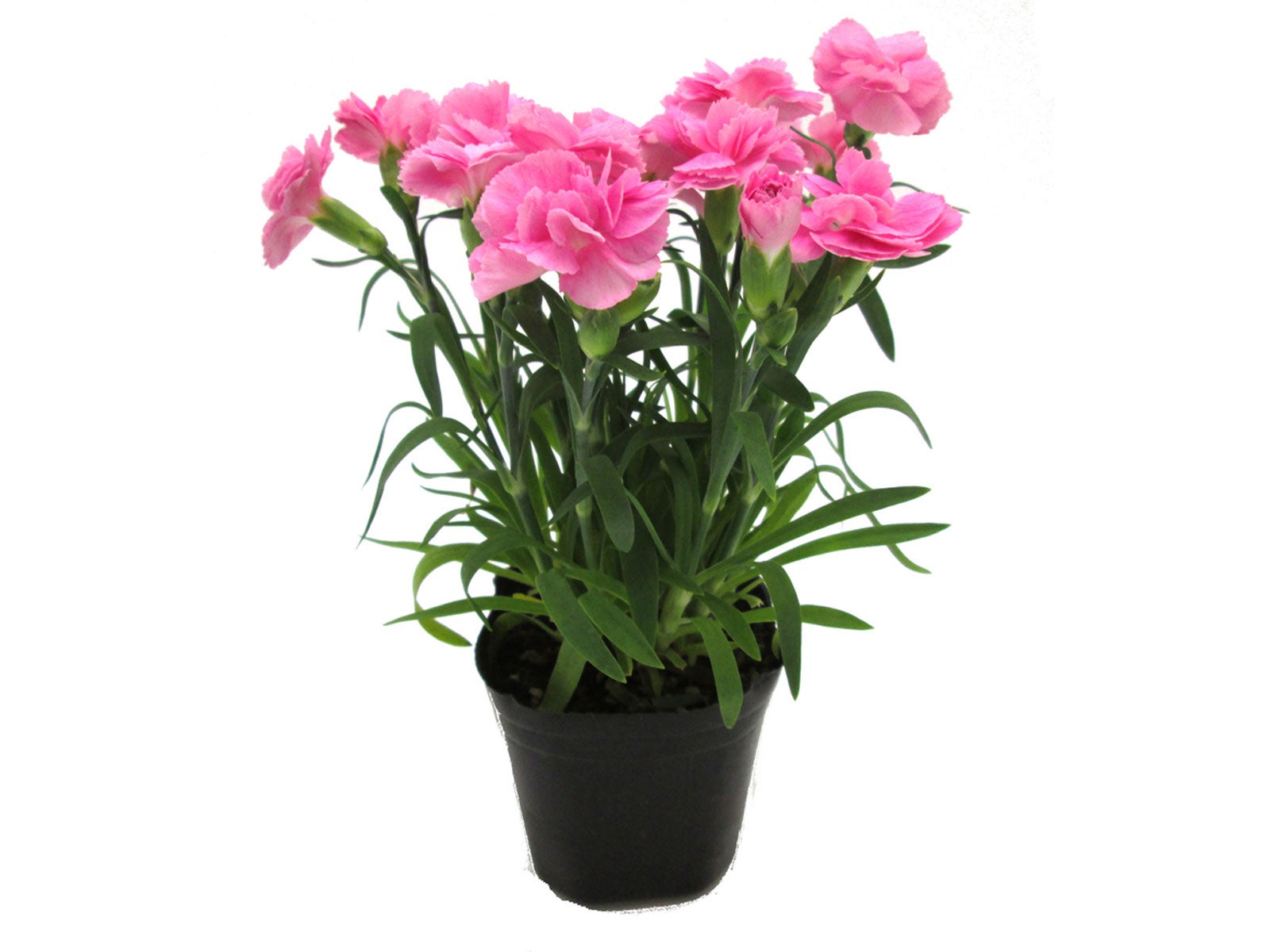

Carnations are extremely popular due to their use in stunning cut flower arrangements. Coming in both annual and perennial types, these easy-to-grow flowers are a long-time favorite of many gardeners. When grown from seed, growers may choose from a wide array of colorful carnation blooms. Heirloom, open-pollinated flower cultivars of carnation are doubly prized for their enchanting fragrance.
Carnations are also an excellent choice for growth in containers. Carnations in containers can bring much needed color to small landscape plantings, as well as window boxes.
Caring for Carnations in Containers
Whether or not growers can successfully plant carnations in containers will greatly depend upon the conditions provided. Hardiness of carnation plants will vary by the type being grown. Before planting, it will be imperative to select varieties that tolerate growing conditions in your region. If planting perennial carnations in a pot, consider varieties that are extra tolerant to cold, which will ensure survival throughout the winter.
You will need to determine the manner in which to start container grown carnation flowers too. Carnation plants are readily available at many garden centers, but may also be grown from seed quite easily. Growing from seed will allow for greater choice of variety, but purchasing transplants will mean quicker bloom and plant establishment. If growing from seed, the plants may not bloom the first growing season.
To transplant carnations in a pot, select one that is an appropriate size. While single plants can be placed in one pot, a larger one may accommodate multiple carnations. Make certain to arrange potted carnation plants to account for their mature size to avoid overcrowding.
Potted carnation plants will require frequent care throughout the growing season. Like many container grown ornamentals, carnation flowers will require regular watering, depending upon the weather.
Those choosing to grow carnations in a pot should move containers so that they receive at least six hours of sunlight each day. They will also benefit from shade during the hottest part of the afternoon, as the plants grow best when the weather is mild and cool.
Gardening tips, videos, info and more delivered right to your inbox!
Sign up for the Gardening Know How newsletter today and receive a free copy of our e-book "How to Grow Delicious Tomatoes".
With proper care, these container plants create a beautiful display of delicate carnation flowers.

Tonya Barnett has been gardening for 13 years. Flowers are her passion. She has transformed her backyard into a cut flower garden, which she regularly chronicles on her YouTube channel http://www.youtube.com/@tonyawiththeflowers.
-
 Terrifically Tubular Flowers For Hummingbirds: 9 Tube-Flowered Plants To Attract Hummers
Terrifically Tubular Flowers For Hummingbirds: 9 Tube-Flowered Plants To Attract HummersGrowing tubular flowers for hummingbirds helps you create the optimum feeding conditions for your winged friends. Here are nine tubed delights for hummers
By Tonya Barnett
-
 How To Grow Hydroponic Tomatoes For Fresh Indoor Harvests – No Soil Required
How To Grow Hydroponic Tomatoes For Fresh Indoor Harvests – No Soil RequiredLearning how to grow tomatoes in water is easy and allows you to harvest fresh-home-grown produce in every season without any mess.
By Ellen Wells
-
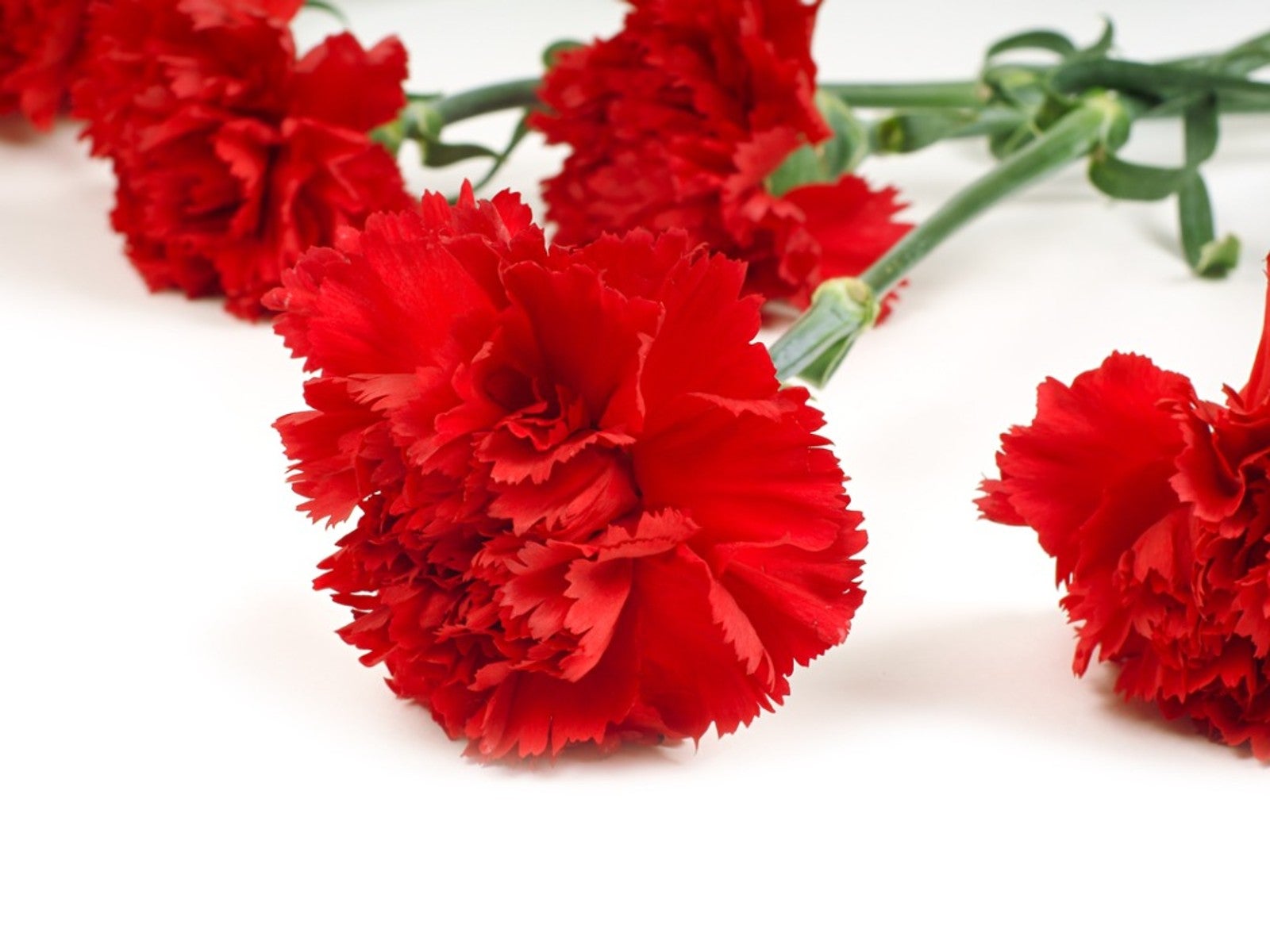 Reasons To Celebrate National Carnation Day
Reasons To Celebrate National Carnation DayLearn the fascinating American history of the red carnation, as Ohio celebrates National Red Carnation Day on January 29.
By Mary Ellen Ellis
-
Septoria On Carnations – Learn About Carnation Leaf Spot Control
Carnation septoria leaf spot is a common, yet highly destructive, disease that spreads rapidly from plant to plant. However, septoria leaf spot of carnations is relatively easy to manage if caught early. To learn more about this disease, click the following article.
By Mary H. Dyer
-
Carnation Rhizoctonia Stem Rot – How To Manage Stem Rot On Carnations
There are few things as delightful as carnations. They are relatively easy plants to grow but can develop fungal problems. Carnations with rhizoctonia stem rot, for instance, are a common problem. Click here to learn the symptoms and treatment for this common disease.
By Bonnie L. Grant
-
Carnation Fusarium Wilt Info: How To Control Fusarium Wilt Of Carnations
Carnations have a rich and meaningful history, and are some of the oldest cultivated flowers. Despite this, they are susceptible to a number of issues, like fusarium wilt disease. The following contains info on treating carnation fusarium wilt.
By Amy Grant
-
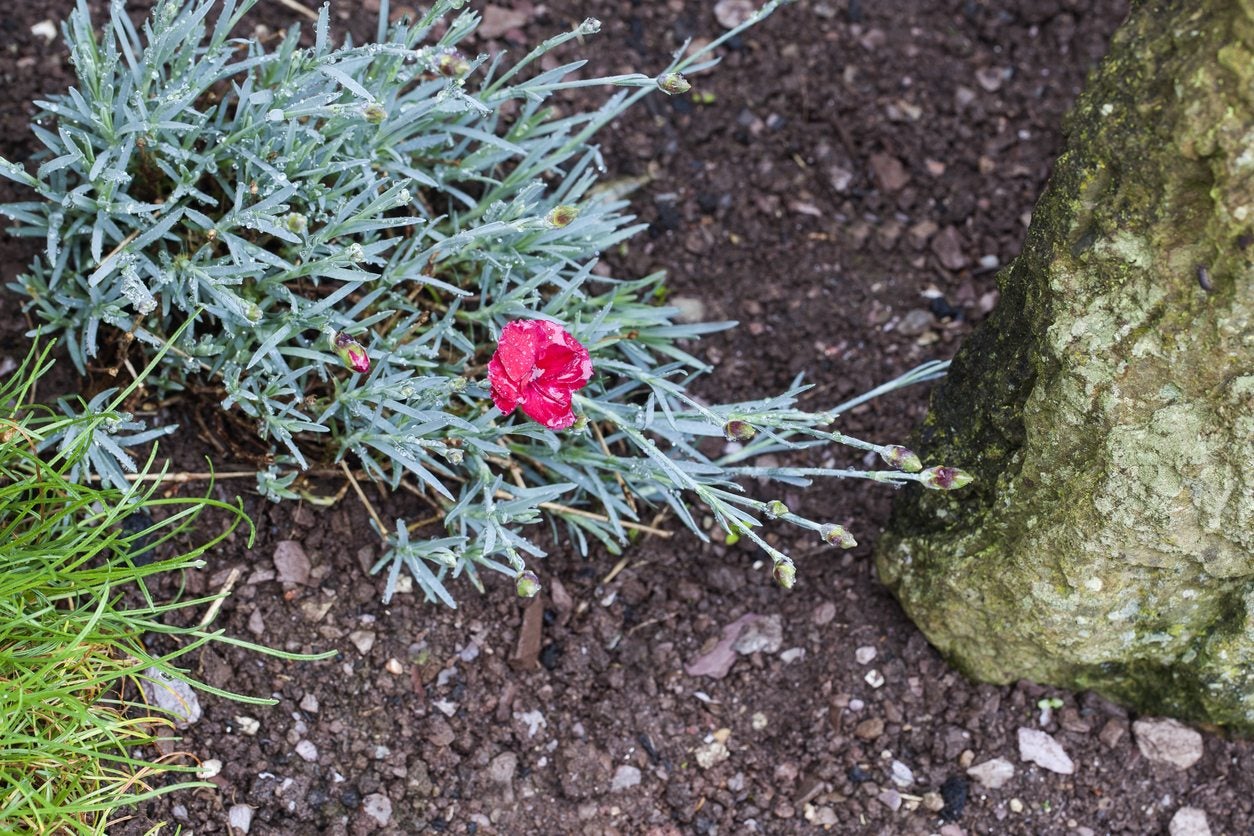 Clove Pink Herb Plants – Learn About Clove Pink Uses In The Garden
Clove Pink Herb Plants – Learn About Clove Pink Uses In The GardenClove pink herb plants are related to carnations and the recognizable scent of clove is borne on the blooms. These lovely little plants are charming additions to the garden. Learn how to grow clove pink herbs in this article.
By Bonnie L. Grant
-
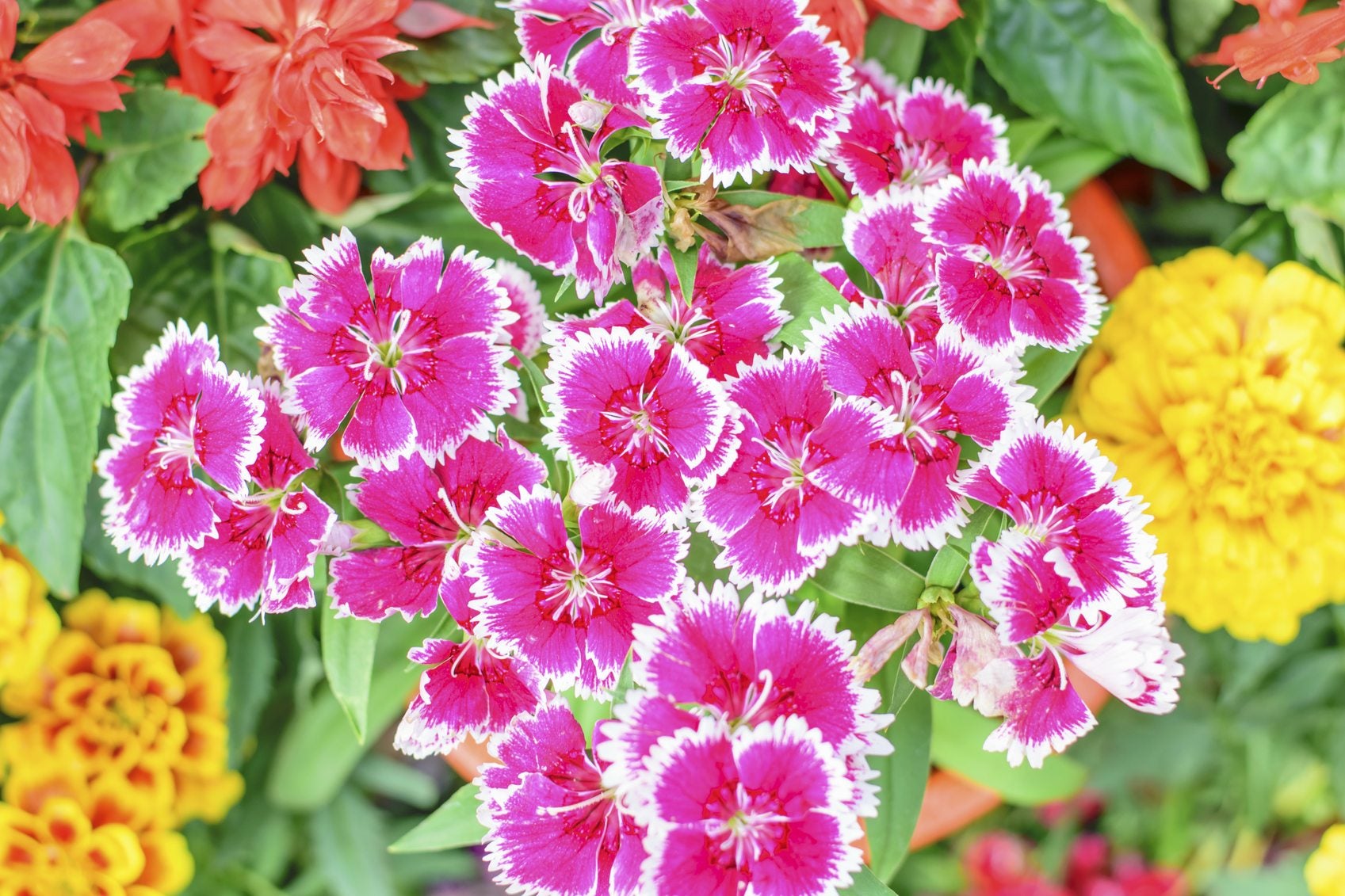 Companion Plants For Dianthus – Tips On What To Plant With Dianthus
Companion Plants For Dianthus – Tips On What To Plant With DianthusDianthus are low-maintenance plants prized for their ruffly blooms and sweet-spicy scent. If you're wondering what to plant with dianthus in your garden, click this article to get some helpful tips and suggestions.
By Mary H. Dyer
-
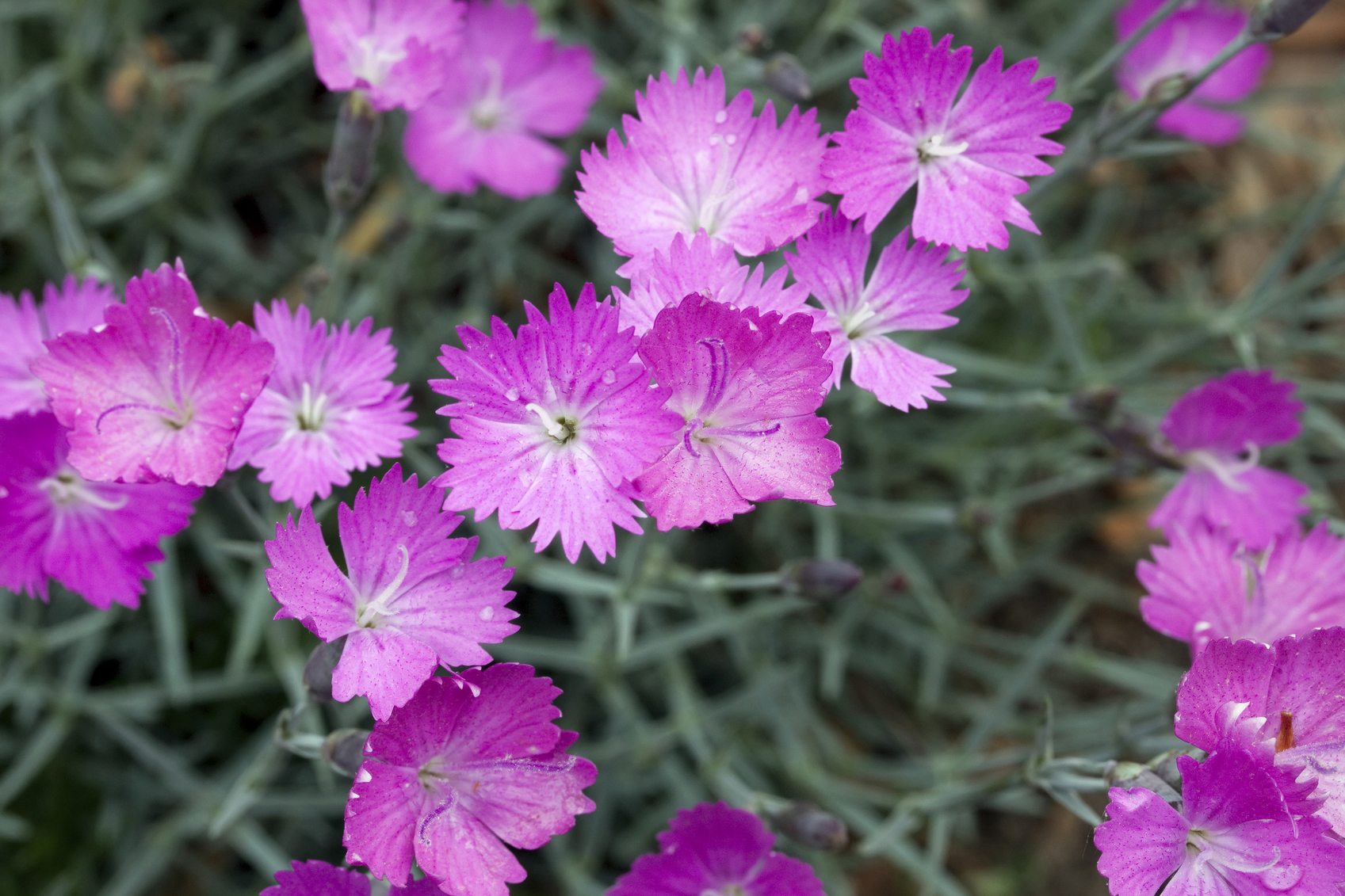 What Is Firewitch – How To Care For Firewitch Dianthus Plants
What Is Firewitch – How To Care For Firewitch Dianthus PlantsOftentimes, I am asked by customers for specific plants only by description. For example, "I'm looking for a plant I saw that's grass-like but has little pink flowers". I find it is Firewitch dianthus that has caught their eye. Learn more about it here.
By Darcy Larum
-
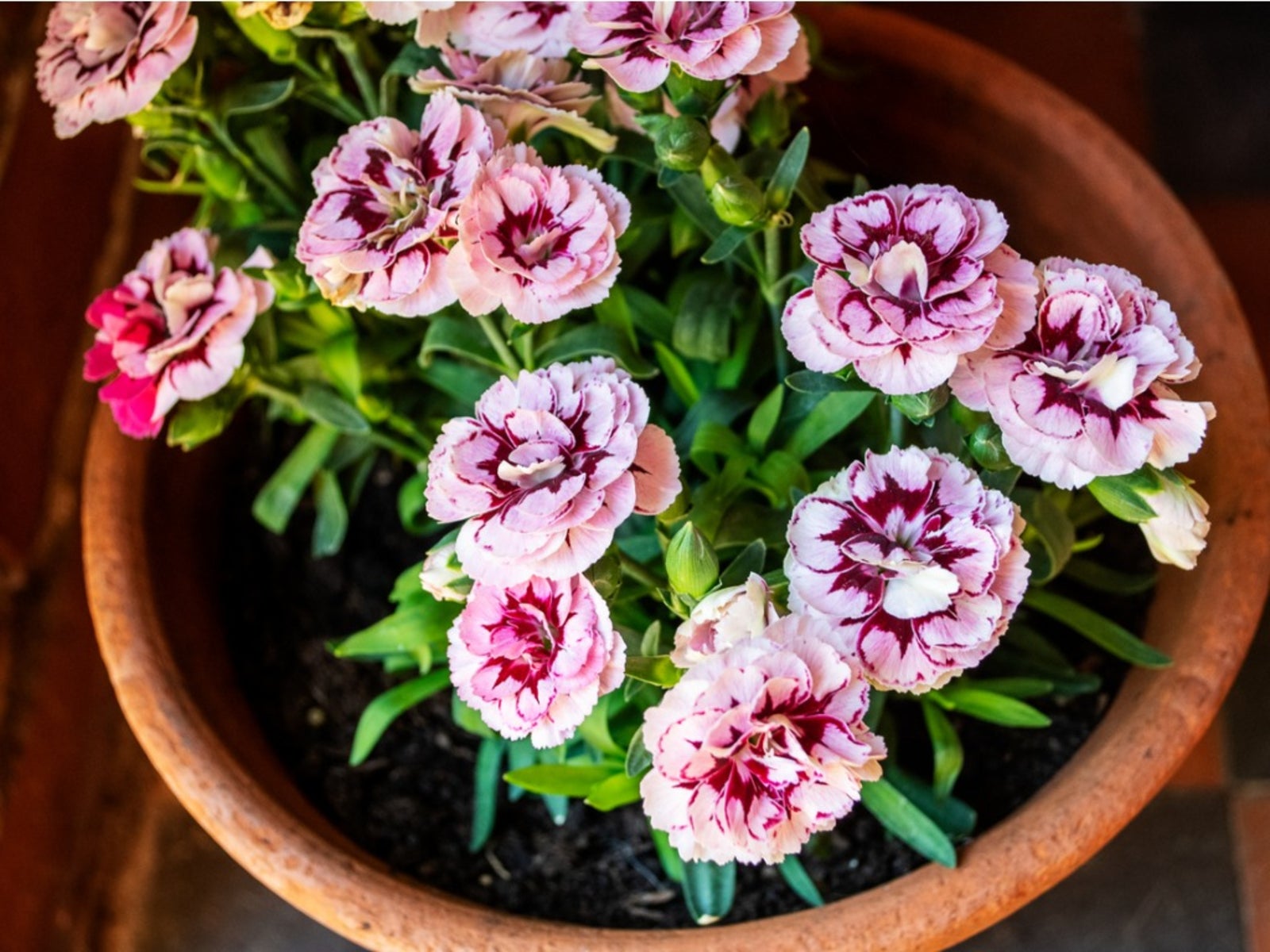 Carnation Garden Plants: Tips For Growing Carnations
Carnation Garden Plants: Tips For Growing CarnationsCarnations remain the most popular cut flower, and many people want to know how to grow carnation flowers. Anyone can learn about growing carnations and enjoy the rewards by reading this article.
By Gardening Know How